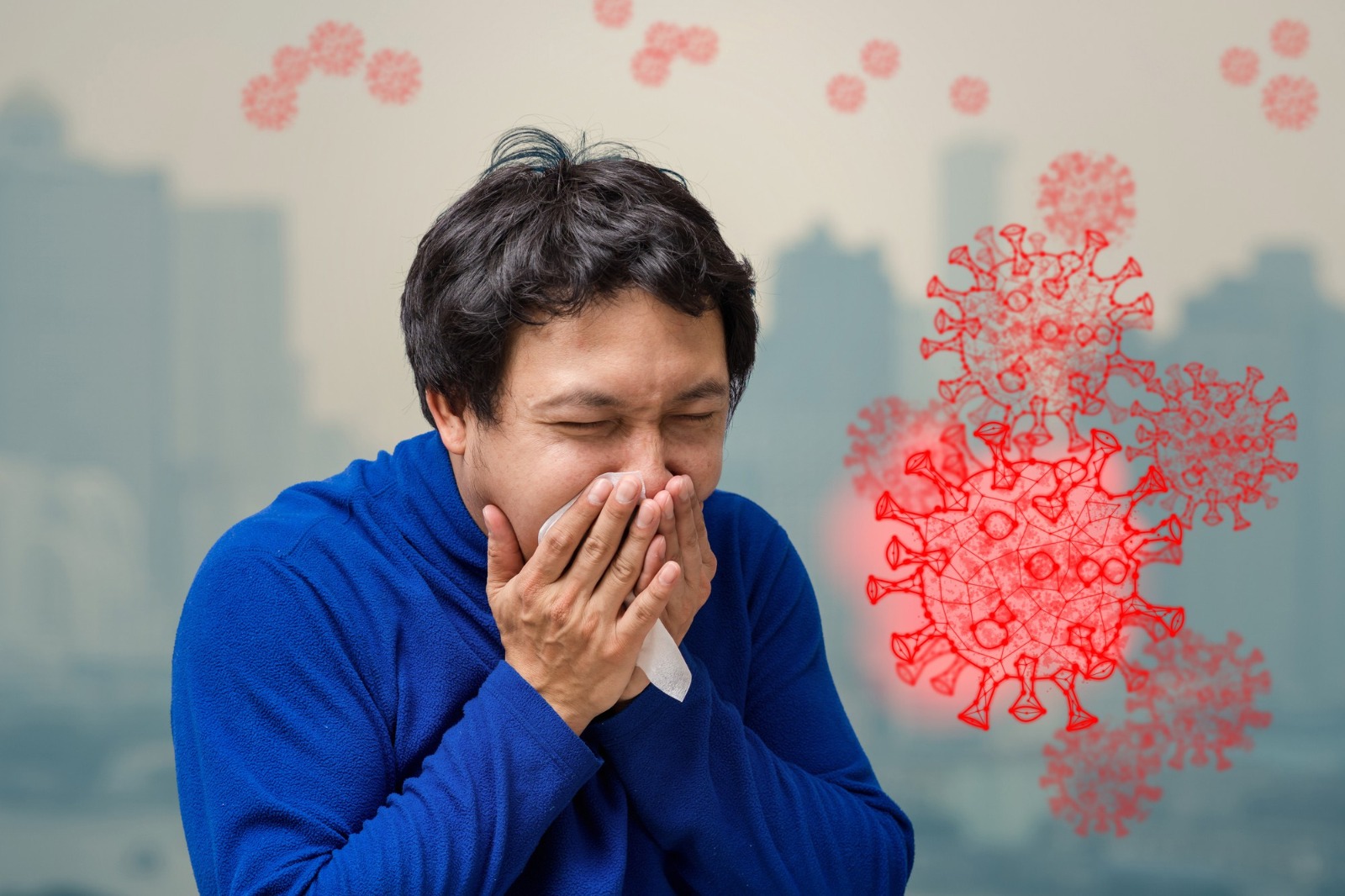
Respiratory illnesses tend to dominate health discussions during flu season, but another virus worth knowing about is human metapneumovirus (HMPV). Although not as commonly recognized as influenza or RSV, HMPV is responsible for respiratory infections across people of all age groups. Understanding its symptoms, risk factors, and prevention strategies is key to staying healthy during periods when respiratory infections are more prevalent.
Discovered in 2001, HMPV is a respiratory virus that primarily targets the lungs. It’s related to viruses like RSV (respiratory syncytial virus) and parainfluenza, which means it can cause similar cold-like symptoms. Researchers think HMPV has been around for decades, quietly infecting people worldwide. It’s most active in late winter and early spring but doesn’t stick to a strict schedule it can show up any time of year.
HMPV spreads through tiny droplets in the air when someone coughs, sneezes, or even talks. You can also pick it up by touching contaminated surfaces and then rubbing your eyes, nose, or mouth. Sound familiar? Yep, it’s a lot like how the flu and other respiratory illnesses spread.
The tricky thing about HMPV is that its symptoms often mimic those of other common illnesses. Here’s what to watch for-
Because these symptoms overlap with other respiratory infections, a doctor may need to run specific tests to confirm HMPV.
Anyone can get HMPV. But some groups are more likely to experience severe symptoms-
The good news? Many of the steps you take to prevent colds and the flu can also protect you from HMPV. Here’s a quick refresher-
Most HMPV infections are mild and go away on their own with a bit of TLC. Here’s how to care for yourself or a loved one-
If symptoms are severe such as trouble breathing, persistent high fever, or signs of dehydration it’s time to call a doctor. Hospital care may include oxygen therapy or intravenous fluids for those who need extra support.
HMPV may not be a household name, but it’s more common than you think. By knowing the symptoms and taking preventive measures, you can reduce your risk of infection and help protect those around you. After all, staying informed is one of the best ways to stay healthy. And now that you’re in the know, you’re already one step ahead.

